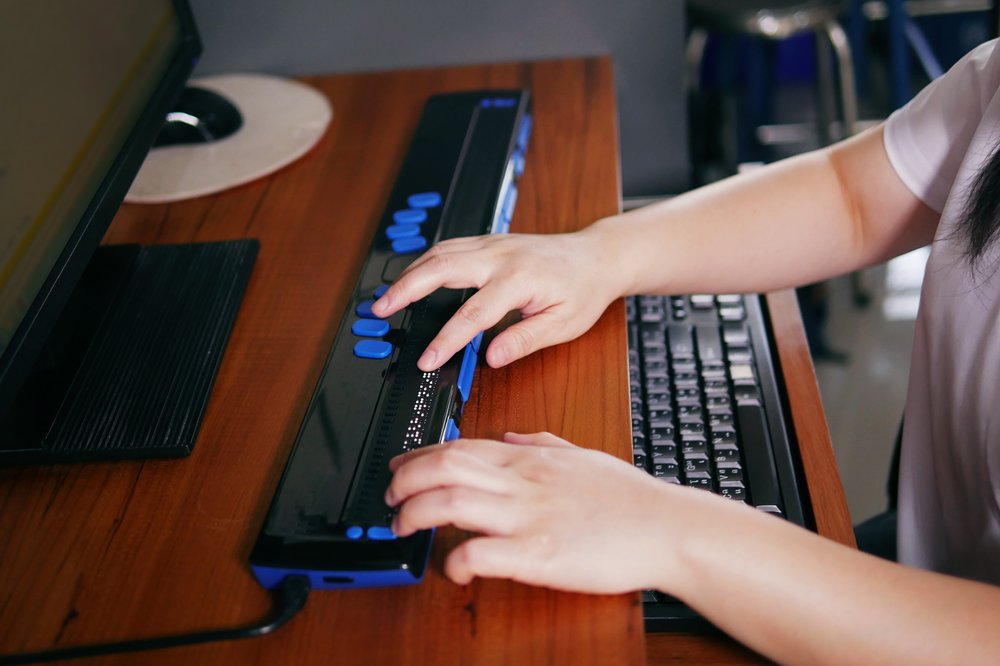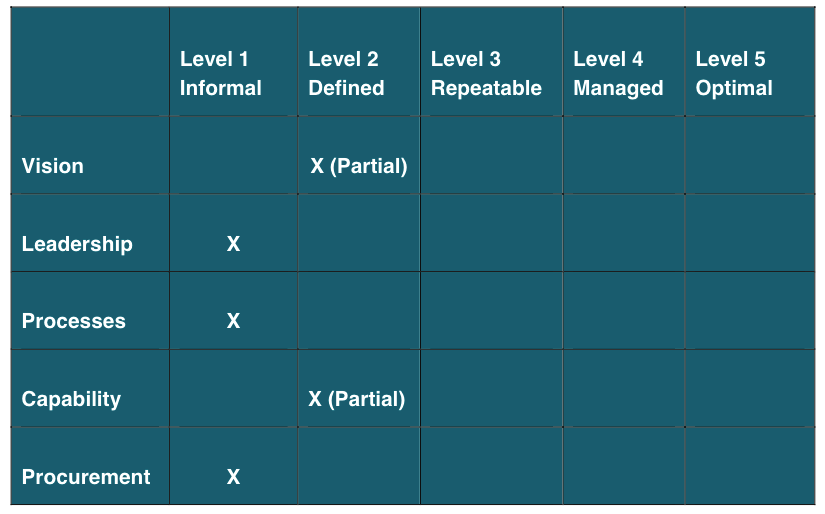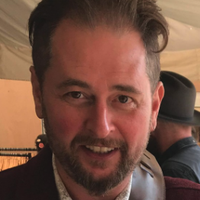Our accessibility journey
At Oxfam GB, we’ve been looking into our current level of accessibility and finding out how to make reasonable changes to our ways of working.
From one accessible document to a working group
A person who is blind uses a computer with braille assistive device. Image: Chansom Pantip on Shutterstock.

Speakers on everything from screen readers to bereavement
Examining our own accessibility practices and standards
Consulting accessibility experts
The Digital Accessibility Maturity Model (DAMM) survey
A table made with AbilityNet showing where Oxfam GB is at the moment on accessibility.


